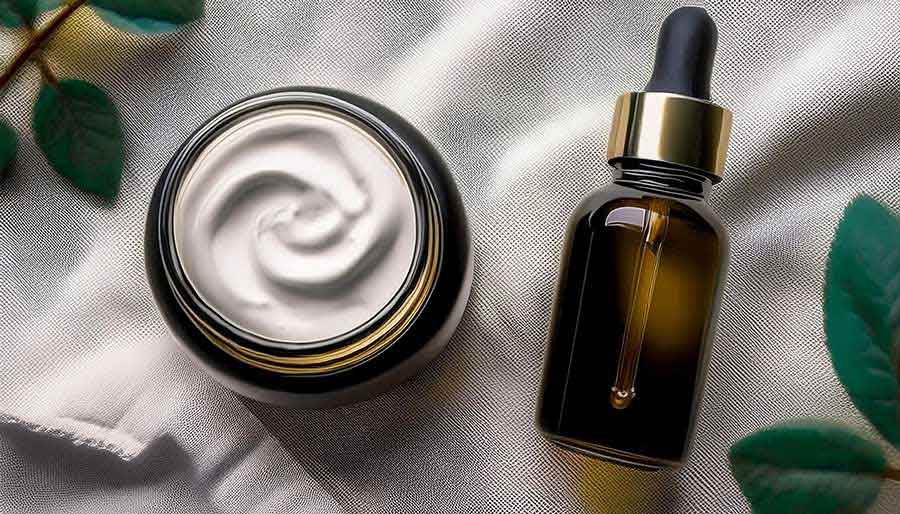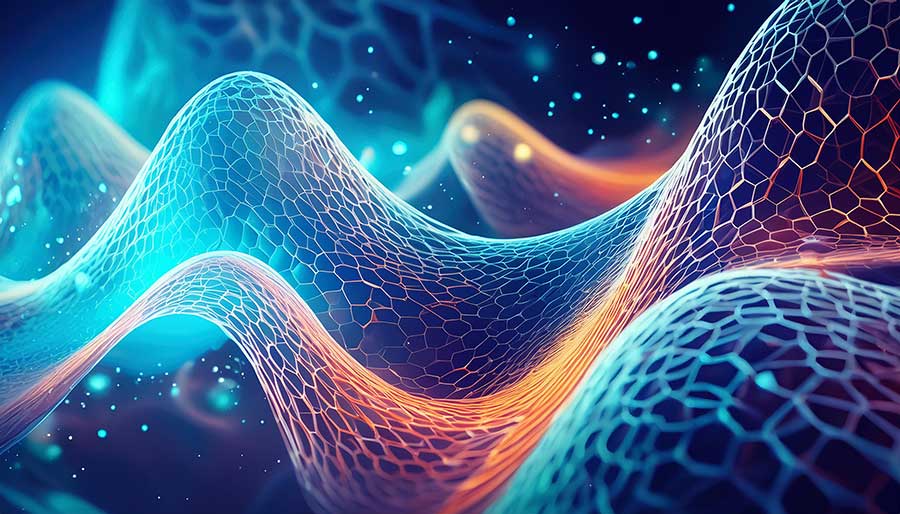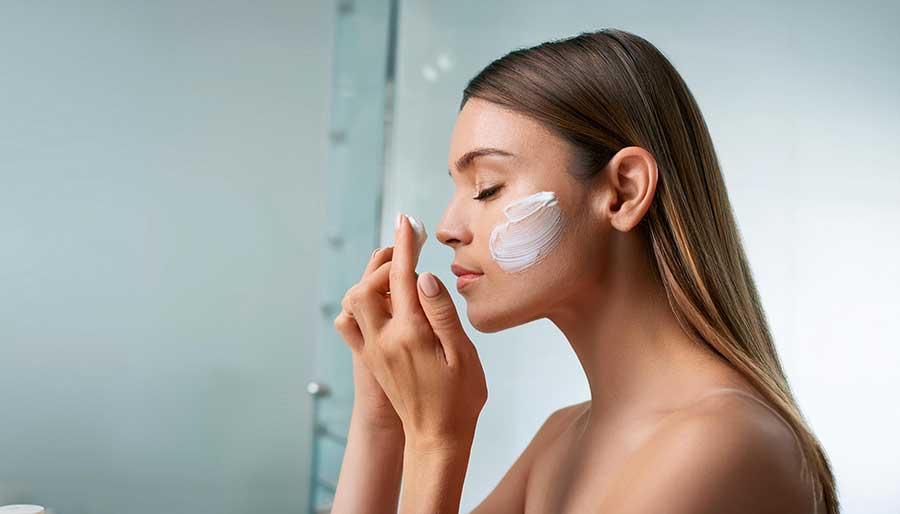
Skin Hydration vs Moisturization
The terms “hydration” and “moisturization” are often used interchangeably in skincare, but they refer to different processes and address different aspects of skin health. Understanding the distinction will help you to navigate the myriad of skincare products on the market today, and help you chose products that might actually address your skin concerns.
Hydration
Hydration is all about the water content within your skin. Hydrated skin is plump, elastic, and has a healthy glow. When your skin is dehydrated however, it can look dull, feel tight, and highlight fine lines and wrinkles.
Hydration involves increasing the water content of the skin by attracting moisture from the environment or from the deeper layers of the skin into the outermost layer (called the stratum corneum).
This can be achieved by using ingredients that attract and bind water to the skin.
- Humectants: These ingredients attract water from the environment and deeper layers of the skin. Common humectants include hyaluronic acid, glycerin, aloe vera, and urea.
- Water-based products: Toners, essences, and lightweight serums often contain hydrating ingredients.
Moisturization
Moisturization is about creating a barrier on the skin to prevent water loss. While hydration adds water to the skin, moisturization ensures that the water stays in the skin.
Moisturization involves using ingredients that form a protective barrier on the skin’s surface to lock in moisture and prevent transepidermal water loss (TEWL).
- Emollients: These ingredients soften and smooth the skin by filling in gaps between skin cells. Common emollients include plant oils, fatty acids, and butters like shea butter.
- Occlusives: These form a physical barrier to prevent water loss. Examples include petrolatum, dimethicone, and lanolin.
- Barrier Repair Agents: Ingredients like ceramides and cholesterol help restore and maintain the skin’s natural barrier function.
Hydration vs Moisturization: Key Differences
1. Function
- Hydration: Adds water to the skin.
- Moisturization: Locks in water and prevents water loss.
2. Symptoms of Need
- Hydration: Skin feels tight, looks dull, and fine lines are more pronounced.
- Moisturization: Skin feels dry, flaky, and may have a compromised barrier leading to irritation.
3. Product Types
- Hydration: Light, water-based products like hydrating serums, essences, and mists.
- Moisturization: Richer, oil-based products like creams, lotions, and balms.
Combining Hydration and Moisturization
For optimal skin health, it’s often beneficial to use both hydrating and moisturizing products:
- Layering Products: Start with a hydrating serum to add water to the skin, followed by a moisturizer to seal in the hydration.
- Product Formulations: Some products combine both hydrating and moisturizing ingredients, providing a dual benefit in one step.
Example Skincare Routines
Morning Routine:
- 1 – Cleanser: Removes impurities without stripping natural oils.
- 2 – Hydrating Toner or Essence: Adds initial hydration.
- 3 – Hydrating Serum: Adds deeper hydration with humectants like hyaluronic acid.
- 4 – Moisturizer: Locks in hydration and provides a barrier against environmental stressors.
- 5 – Sunscreen: Protects against UV damage (Note: in your case, a day moisturizer without SPF can be used under a separate sunscreen).
Evening Routine:
- 1 – Cleanser: Thoroughly cleanses the skin from daily grime and makeup.
- 2 – Exfoliator: Used a few times a week to remove dead skin cells and enhance absorption of other products.
- 3 – Hydrating Serum: Replenishes water loss throughout the day.
- 4 – Anti-Aging Serum: Incorporates ingredients like retinol or peptides to address signs of aging.
- 4 – Night Moisturizer or Cream: Provides intense moisturization and supports skin repair during sleep.
> Did you know there’s 9 main categories of skincare ingredients ? See our guide
Understanding the difference between hydration and moisturization allows you to select targeted skincare formulations and can help address specific skin concerns more effectively.
References
1. INCI – standardized and internationally accepted names used in the declaration of ingredients on cosmetic and personal care products.
2.FDA Gove – Cosmetic Ingredients Fact Sheet


